Most complex RoHS compliant products benefit from EU RoHS exemptions, that should be monitored by the manufacturers since they may be modified, replaced or removed like the expired RoHS exemption 7c-iii.
Current general EU RoHS list of exemptions (Annex III in the Directive) in PDF and Excel formats:
Current EU RoHS list of exemptions specific to Medical Devices and Monitoring and Control Instruments (Annex IV in de Directive) in PDF and Excel formats:
RoHS is the top requirement when it comes to product environmental compliance of electrical and electronic devices.
You can choose three types of services as needed for your Europe RoHS testing for CE marking certification, according to the current RoHS directive 2011/65/EU (RoHS 2), including the 2015/863/EU amendment (also called RoHS 3):
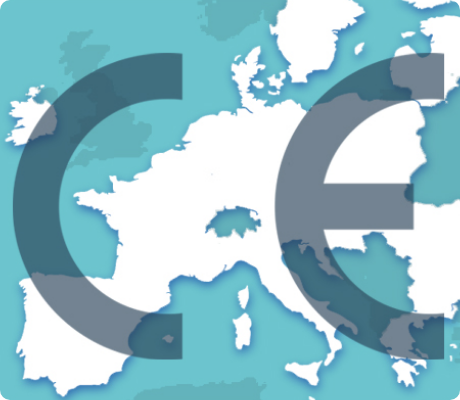
Ask your free consultation with Enviropass!
With Classic EU RoHS, you allow Expertise Enviropass to undertake the documentary assessment of your products.
A Certificate of Conformity is issued for each product in compliance with the requirements of Europe RoHS.
Deluxe EU RoHS does not only provide you with fish… but also teaches you how to fish! Indeed Deluxe EU RoHS includes:
If after a risk assessment risks of non-compliance remain, ask our lab expert for competitive analytical testing!
You have built the technical documentation for a product yourself, but you want to make sure that the data quality is sufficient to show due diligence? Let Enviropass:
The RoHS is an acronym that stands for the Restriction of the use of certain Hazardous Substances.
The current Europe RoHS applicable regulation is Directive 2011/65/EU on the restriction of the use of certain hazardous substances in electrical and electronic equipment and amendments.
It is also called the recast version, or RoHS 2 since it replaces the first RoHS Directive 2002/95/EC.

Dozens of amendments have modified the initial version of Directive 2011/65/EU since then.
One of these amendments is the Commission Delegated Directive 2015/863 amending Annex II to Directive 2011/65/EU of the European Parliament and of the Council as regards the list of restricted substances, with the addition of 4 restricted phthalate substances.
Since it is a major amendment, the literature often calls it RoHS 3. However, we are still technically under the 2.0 2011/65/EU version of Europe RoHS.
RoHS imposes limitations for concentrations of the following substances contained in electrical and electronic equipment:
From 22 July 2019 (or 2021 for products categories 8 and 9), the following 4 phthalates are also added to the restricted substances list, under delegated Directive 2015/863:
| Substance Name | Concentration Limit |
| Lead (Pb) and lead compounds | < 0.1% or 1000 ppm* |
| Cadmium (Cd) and cadmium compounds | < 0.01% or 100 ppm |
| Mercury (Hg) and mercury compounds | < 0.1% or 1000 ppm |
| Hexavalent Chromium (Cr6+) and hexavalent chromium compounds | < 0.1% or 1000 ppm |
| Polybrominated biphenyls (PBBs) | < 0.1% or 1000 ppm |
| Polybrominated diphenyl ethers (PBDEs) | < 0.1% or 1000 ppm |
| Butyl benzyl phthalate (BBP) – CAS # 85-68-7 | < 0.1% or 1000 ppm |
| Di-n-butyl phthalate (DBP) – CAS # 84-74-2 | < 0.1% or 1000 ppm |
| Di(2-ethylhexyl) phthalate (DEHP) – CAS # 117-81-7 | < 0.1% or 1000 ppm |
| Diisobutyl phthalate (DIBP) – CAS # 84-69-5 | < 0.1% or 1000 ppm |
*ppm: parts per million
7 potential RoHS hazardous substances in use in electrical and electronic equipment are being assessed for possible inclusion in the Europe RoHS list:
MCCPs and TBBP-A, which are used in plastics, are already recommended for approval. Such an amendment to the RoHS directive should not be implemented before 2027.
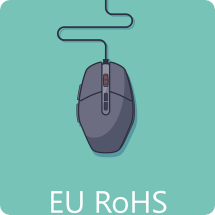
The general concentration threshold is 0.1%, or 1 000 ppm, for all the above-mentioned restricted substances, except for cadmium and its compounds, ten times lower, i.e at 0.01%, or 100 ppm.
Importantly, the concentrations of these restricted substances are not regulated at the component level, but at the level of the homogeneous materials, which constitute each component.
A homogeneous material is defined in article 3 of the directive 2011/65/EU as:
‘one material of uniform composition throughout or a material, consisting of a combination of materials, that cannot be disjointed or separated into different materials by mechanical actions such as unscrewing, cutting, crushing, grinding and abrasive processes’.
Therefore, one to dozens of homogeneous materials should be analyzed one by one within the same component (i.e. various plastics, metals, ceramics, epoxy finishes, painting, welding, etc.).
To confirm EU RoHS conformity of an assembly, you should not only consider each electronic component but also the materials of every cable, label, hardware (such as screws), solder, paste, casing, chassis, etc. in other words, wherever restricted substances may be found.
Since 2013, by labeling an electrical or electronic product with “CE”, you are implicitly declaring its compliance with RoHS 2 (RoHS recast) and RoHS 3 requirements according to the Europe RoHS directive, if your product falls in the RoHS scope, as defined in article 2.
If it is out of the RoHS scope, then CE marking may still be mandatory, according to other requirements – related to electrical safety or EMC (electromagnetic compatibility) for example.
RoHS allows restricted substances to be exempted for certain categories of products and applications. However, many of these RoHS exemptions are set to expire.
Therefore, the expiration dates on exemptions must be monitored as they are regularly updated – by default every 5 years.
Europe RoHS applies to most electrical and electronic equipment (EEE), as defined in article 3 of the Directive 2011/65/EU. However, some products are out of the RoHS scope, such as some photovoltaic panels, military, aerospace, or most automotive equipment. The ELV (End of Life Vehicles) directive applies to most automotive products.
Active implantable medical devices, some devices designed for research and development, large-scale stationary industrial tools, or fixed installations are also out of the RoHS scope.
Is my design exempted from RoHS if I only sell to R&D businesses? And, what is considered ‘large-scale‘?
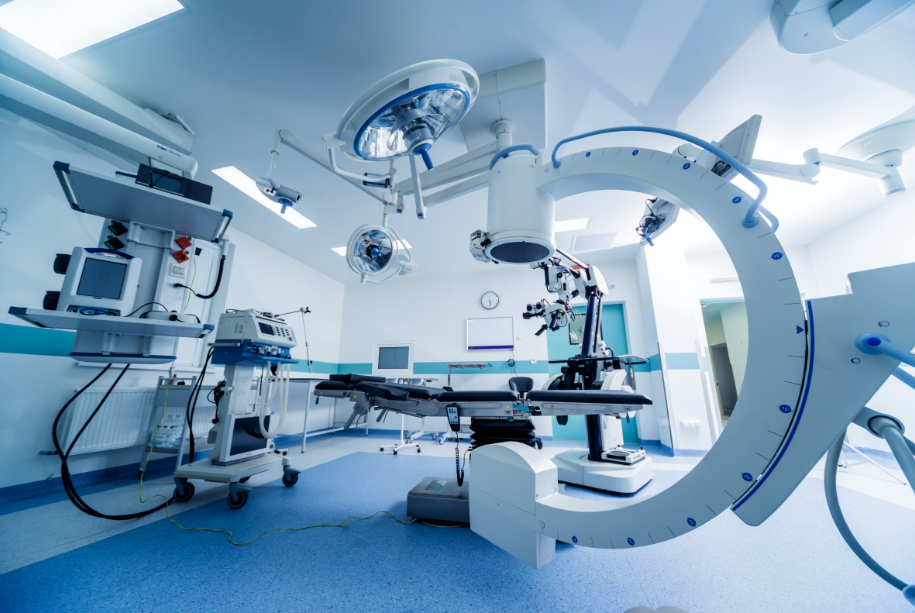
Statistically, manufacturers declare at least one RoHS exemption in 90% of their Printed Circuit Board Assemblies (PCBA) and Electrical and Electronic Equipment (EEE).
As per Directive 2011/65/EU, technical product documentation with procedures must now be prepared and provided upon request to surveillance authorities.
Asking your suppliers whether they are compliant with RoHS or finding a RoHS logo on a specification sheet is not sufficient.
Indeed, the manufacturer’s declarations of conformity (DoC) must be collected, specifying whether exemptions are used and if so, what they are.
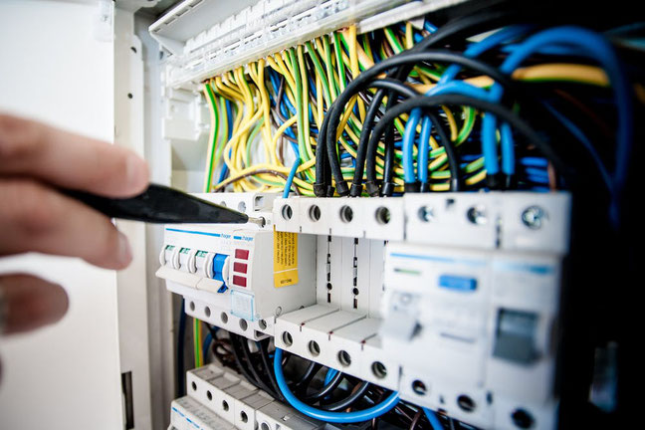
Furthermore, it is highly recommended to perform risk assessments on your bill of materials (BOM), or parts list, according to standard IEC 63000 for ‘technical documentation for the assessment of electrical and electronic products with respect to the restriction of hazardous substances’.
Importantly, the assessed BOM must not only include electronic components, but also any parts or materials that are used to manufacture your products, including:
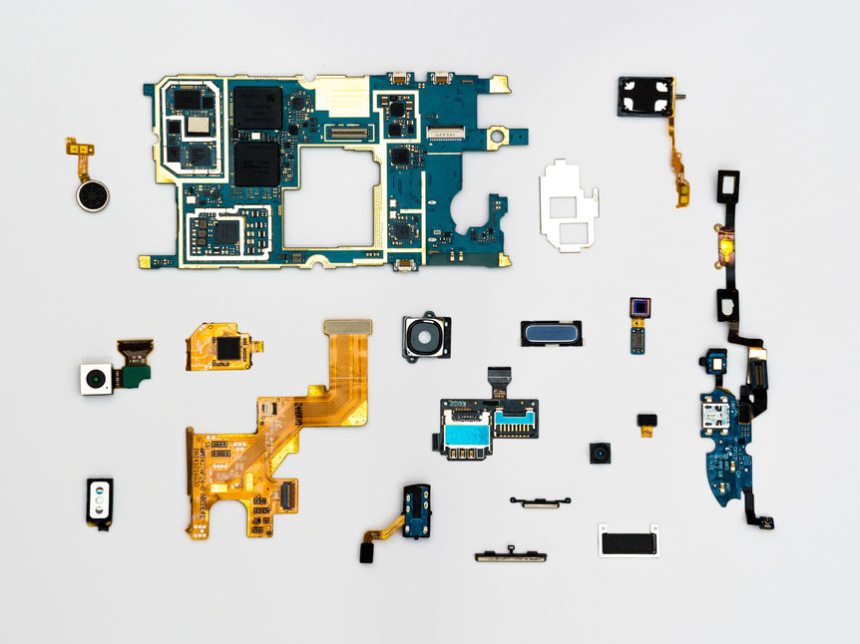
In other words, everything that constitutes a device must be considered, except batteries, packaging, and… software! Specific regulations on heavy metals address batteries and packages compliance requirements.
Complying with the European RoHS does not automatically imply that your design will conform to the China RoHS. However, the information already gathered will be valuable and will simplify the compliance process with China RoHS. The same comment applies to Taiwan RoHS.
To avoid costly RoHS violations, you must ensure compliance with restricted substances thresholds, and monitor any reported exemptions.
In the vast majority of cases for PCBA and complex products, the documentation review from suppliers and subcontractors is the best option because unlike chemical analysis or other analytical tests (i.e. XRF testing), it enables:

Since its introduction, the standard EN 50581 / IEC 63000 – Technical documentation for the assessment of electrical and electronic products with respect to the restriction of hazardous substances – recommends the documentary approach with suppliers, which is recognized by both industry and enforcement authorities.
In the absence of sufficient documentation for a component, a risk analysis is conducted and recommendations are given (either chemical analysis or component replacement).
Chemical analysis is therefore taken as a last resort, only after a careful documentary review, and focuses on uncertain homogeneous materials only.
Once a product assessment is completed and positive, then the outcome is a declaration of conformity (DoC). The annex VI of the Europe RoHS directive shows what a DoC must contain. It is recommended to name the standard IEC 63000 under section 6 and to list the exemptions under section 7 of the DoC, if applicable. The DoC can, therefore, be provided on demand to surveillance authorities or any other stakeholder.
With EU RoHS, it is mandatory to build technical file showing the method for verifying a product’s compliance.
The technical documentation must contain specific information documented in the procedure.
You can use the EPEC form, Supplier’s information, and EU RoHS tabs to audit your supply chain against RoHS.

Other than RoHS, the REACH-SCIP regulation is another important mandatory obligation in Europe, which applies to chemicals, mixtures, but also products like electronic equipment. Importantly, the Substances of Very High Concern (SVHC) list controls the use of dozens of substances that may be present in electronic devices.

The Persistent Organic Pollutant (POP) regulation addresses brominated and chlorinated chemicals. Like RoHS substances, the idea is to ban or limit the use of some POP hazardous substances that may be found in electrical and electronic equipment.
Despite that there is no USA RoHS regulation at this time at the federal level, RoHS-like regulations have been published in some US States, like RoHS in California and New Jersey.
Nevertheless, the federal US Environmental Protection Agency (EPA) makes an effort to control substances use via the Toxic Substances Control Act (TSCA).
RoHS-type of regulations in other countries than the European Union and the USA include:
As a result, if you design electrical or electronic products that are intended to be sold worldwide, chances are very high that you have to comply with RoHS. And it is always more cost-effective to start by choosing from the design process materials and parts that are compatible with the highest Europe RoHS standards.
